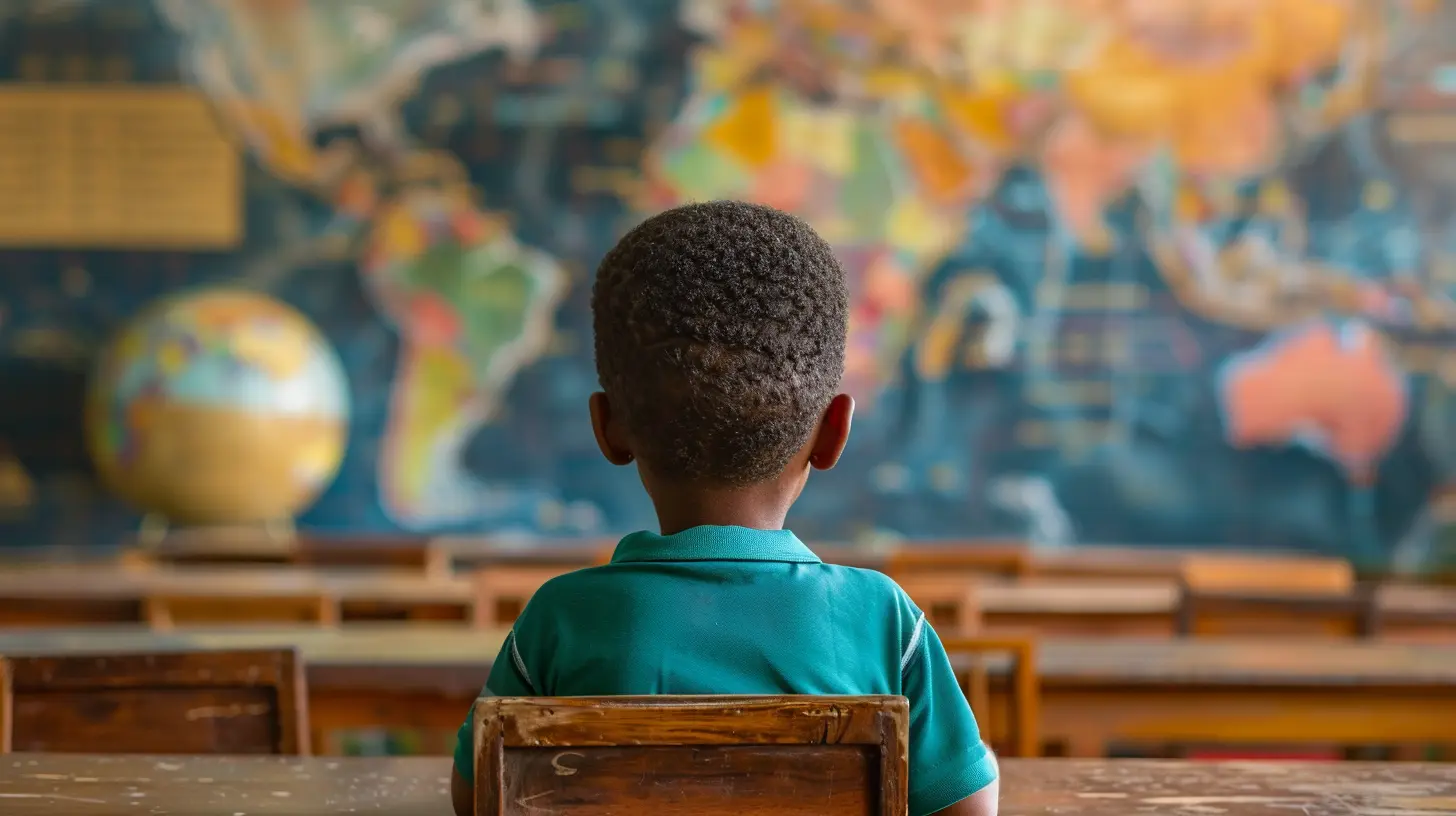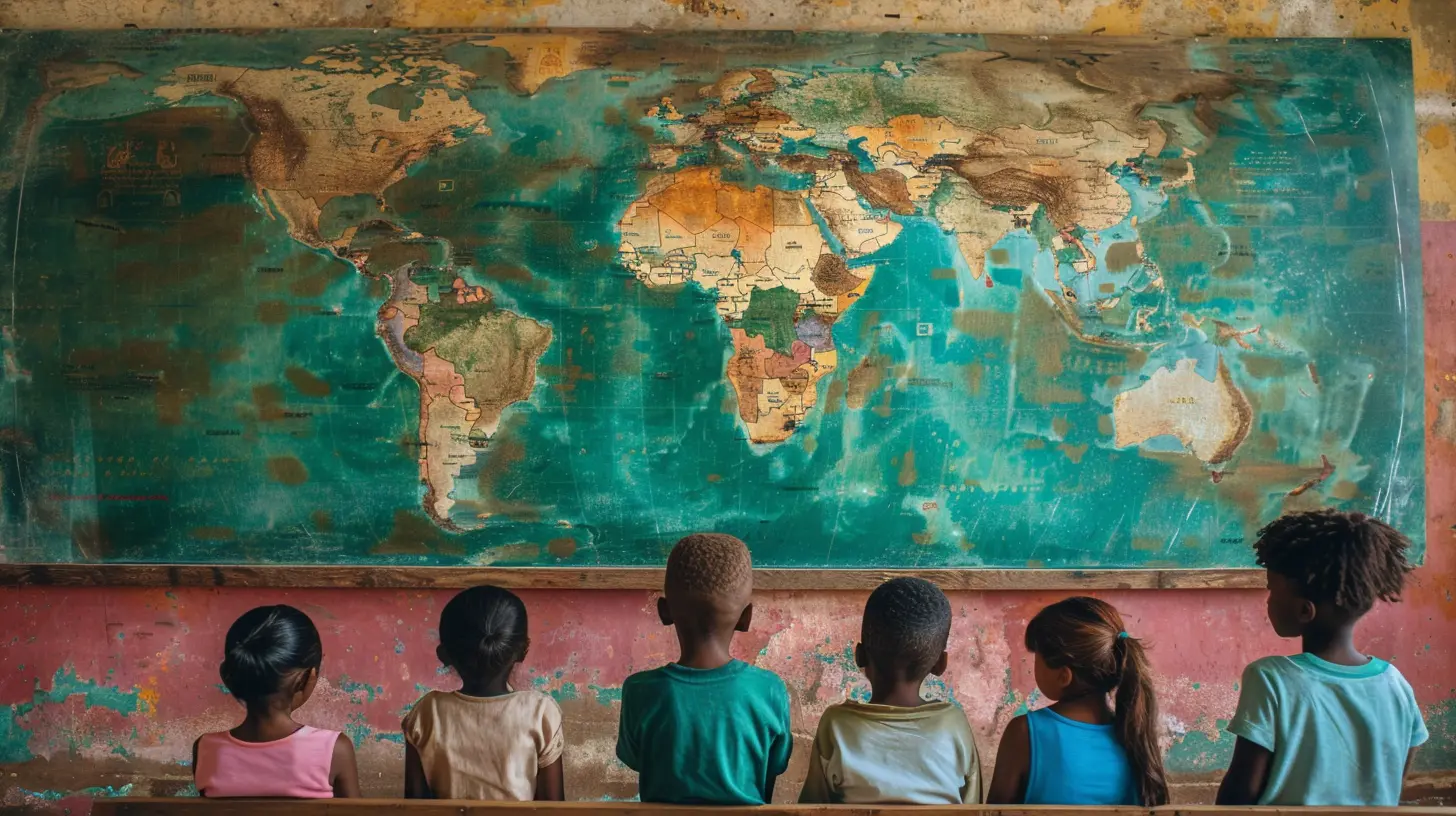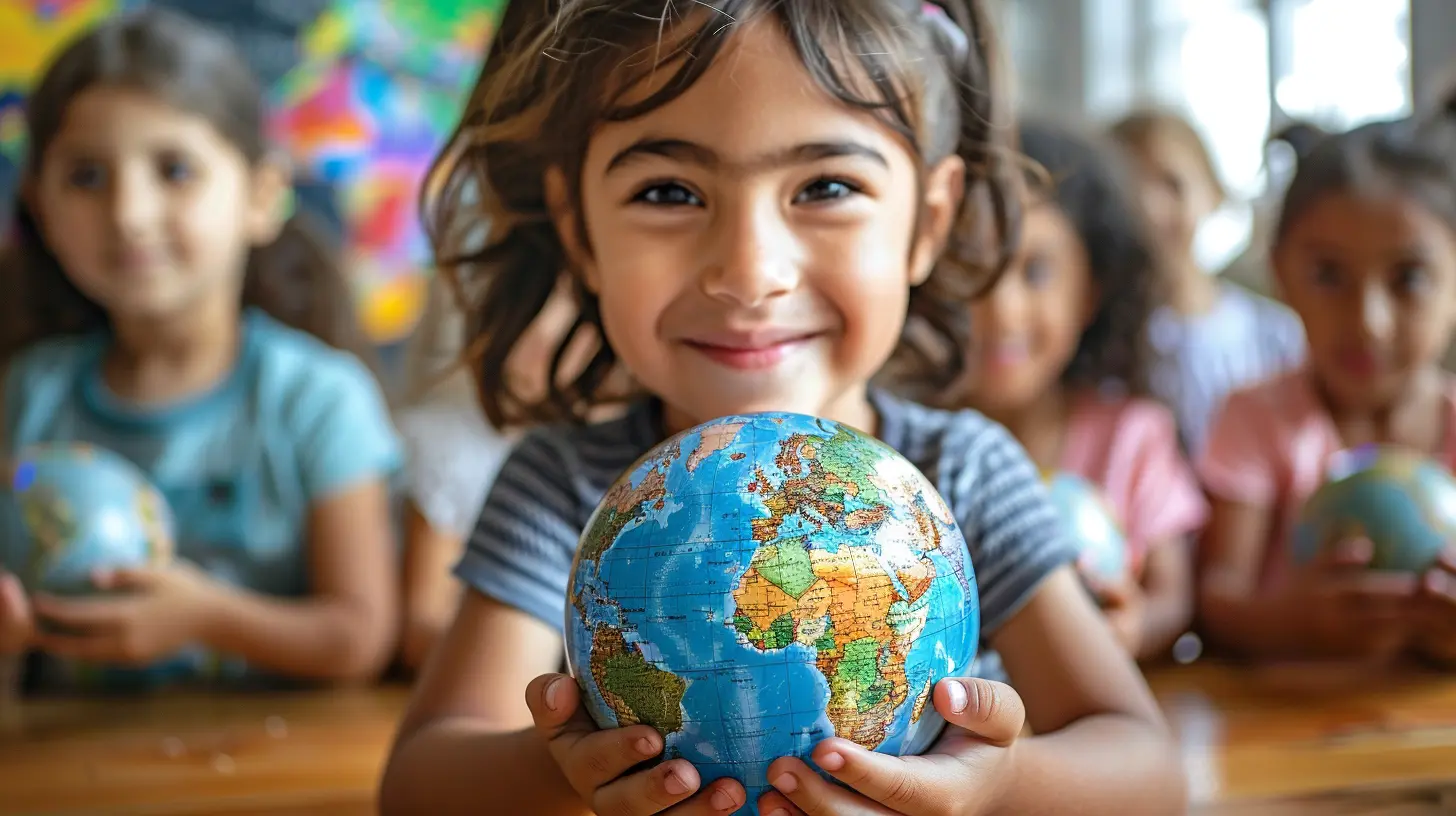Addressing Global Inequalities in Education: A Call for Action
10 November 2025
Education is supposed to be the great equalizer, right? It’s meant to be a tool that empowers individuals, lifts communities out of poverty, and creates opportunities for everyone, regardless of their background. But in reality, millions of children and young adults around the world are being left behind.
From rural villages without classrooms to inner-city schools struggling with outdated materials, educational inequality is a real and pressing issue. So, what’s causing these disparities, and more importantly, what can we do about them? Let’s dive in!

The Stark Reality of Educational Inequality
Imagine a world where every child has access to the same level of education—where a kid in a small African village has the same opportunities as a child in New York City or London. That sounds like a dream, right? But the reality is far from it.Educational inequality manifests in different ways:
- Lack of access to schools – Some children, especially in remote areas, don’t even have schools nearby.
- Poor learning conditions – Overcrowded classrooms, outdated textbooks, and underpaid teachers make learning ineffective.
- Gender disparities – In many societies, girls face significant hurdles to receiving an education.
- Economic barriers – School fees, uniforms, and textbooks can be too expensive for families struggling to make ends meet.
The harsh truth? Where you’re born often dictates the quality of education you receive. That’s not just unfortunate—it’s unjust.

What’s Fueling the Gap?
So, why does this inequality exist in the first place? Well, it’s a mix of factors, but here are some of the biggest culprits:1. Poverty and Economic Disparities
Education and poverty are closely linked. Families in low-income regions often have to make difficult choices—like sending their children to work instead of school to help provide for the household. When survival comes first, education takes a backseat.2. Government Policies and Funding Shortages
Let’s be honest—education isn’t always a government’s top priority. In many developing nations, funding for education is inadequate, leaving schools without proper infrastructure, qualified teachers, or even basic supplies. And when education does receive funding, it’s often distributed unevenly, benefiting urban areas while rural schools struggle to stay afloat.3. Gender Discrimination and Cultural Barriers
In some parts of the world, the education of girls is still seen as less important than that of boys. Cultural traditions, early marriages, and societal expectations often prevent girls from finishing school. The result? Half the population is denied opportunities that could change their lives for the better.4. The Digital Divide
The internet has transformed education for many, but not everyone has access to it. While students in developed countries can watch online lectures and use digital tools to learn, millions of others don’t even have electricity, let alone Wi-Fi. This digital gap only widens educational inequalities.
The Ripple Effect of Educational Inequality
You might be wondering—why should this matter to those of us who already have access to education? Well, educational inequality doesn’t just affect individual students; it impacts entire societies.- Higher poverty rates – Without quality education, individuals struggle to find decent jobs, perpetuating cycles of poverty.
- Increased crime and instability – Education helps create stable societies. Without it, crime rates and social unrest often rise.
- Slower economic growth – A well-educated population fuels innovation and economic progress. Without it, nations struggle to compete in the global economy.
Simply put, ignoring educational inequality today means facing more significant global challenges tomorrow.

So, What Can We Do About It?
Alright, enough with the problems—let’s talk solutions! Fixing global education inequality isn’t easy, but there are concrete steps we can take to make a difference.1. Push for Policy Changes
Governments need to prioritize education—period. That means increasing funding, creating inclusive policies, and ensuring every child, regardless of their gender or economic status, gets a fair shot at learning. Advocating for policy changes can lead to long-lasting improvements.2. Support Nonprofits and Educational Initiatives
There are countless organizations out there fighting for education rights, from UNESCO to grassroots nonprofits providing free schools and materials. Supporting these initiatives—whether through donations, volunteering, or spreading awareness—goes a long way.3. Invest in Teachers
Teachers are the backbone of education, yet in many regions, they’re underpaid, overworked, and underappreciated. Proper training programs, better salaries, and improved working conditions can ensure that more children receive quality education.4. Bridge the Digital Divide
With technology evolving rapidly, finding ways to make it accessible for all is crucial. Low-cost internet initiatives, donations of digital devices, and community learning centers can help students in remote areas benefit from the digital revolution.5. Encourage Gender Equality in Education
Breaking cultural barriers isn't easy, but change starts with awareness and community-driven efforts. Encouraging girls’ education through scholarships, mentorship programs, and policy shifts creates long-term societal benefits.6. Engage as Individuals
Wondering what you, as one person, can do? A lot! Supporting local education projects, mentoring underprivileged students, or even raising awareness through social media makes a difference. Change starts with small steps!The Future of Education: Can We Close the Gap?
The fight against educational inequality might seem overwhelming, but history has shown us that progress is possible. Over the years, literacy rates have improved, more children have gained access to schools, and technology continues to offer new learning opportunities.But let’s be real—there’s still a long way to go. It’ll take a global effort, from policymakers to individuals like you and me, to create a world where every child has an equal shot at success.
So, the big question is: are we ready to step up? Because this isn’t just about education—it’s about justice, opportunity, and a fairer world for future generations.
all images in this post were generated using AI tools
Category:
Global EducationAuthor:

Eva Barker
Discussion
rate this article
1 comments
Elowen Tucker
Important insights; let's prioritize equitable education access!
November 13, 2025 at 3:55 AM

Eva Barker
Thank you! Prioritizing equitable education is crucial for fostering global equality and empowering future generations.


